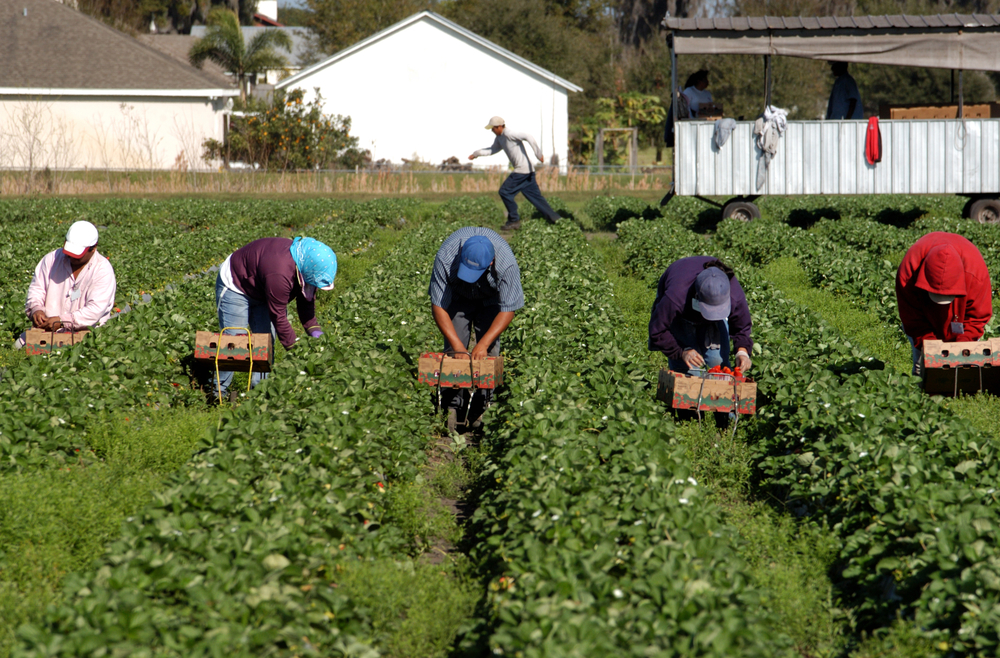By Alison DeLoach
Heat-related illness (HRI) is often overlooked and not taken as seriously as it should be. Agricultural workers can suffer from HRI and be hospitalized if they don’t take preventive measures.
Thomas Bernard, a professor in the College of Health at the University of South Florida, spoke on HRI last October at the State of the Science meeting held by the Southeastern Coastal Center for Agricultural Health and Safety.

Experts from many different health professions attended this meeting to discuss the impacts of heat stress. Bernard’s presentation focused on the occupational hazard of heat stress. “There are traditional ways of evaluating heat stress that have been around since the 1970s, and those are reflected in a number of good practice standards,” he said. These standards center around the wet-bulb globe temperature index, which takes into account the air temperature, radiancy, amount of humidity in the air and the air in motion. In comparison, heat index measurements only include humidity and air temperature.
In his presentation, Bernard stated that in Florida there are around eight emergency room visits for every 100,000 workers. Each year, there are about three deaths caused by HRI. “I think there’s also good reason to believe that accidents and acute injuries are associated with the heat stress,” Bernard said.
Heat studies typically involve people that work indoors and outdoors. The studies take into consideration whether workers are in hot environments due to the processes they are exposed to or the climate outside.
Bernard explained that climate change increases the chance that a worker can experience HRI. Climate change causes a steady increase in the temperature, and with that brings instability in the weather. Heat waves will lead to increased risk of HRI.
As far as educating agricultural workers on HRI, Bernard said they need to be aware of the risk they face working in the heat every day. The Occupational Safety and Health Administration uses its “Water. Rest. Shade.” campaign to promote the importance of preventing heat strokes and HRI. Bernard said people should watch their co-workers for symptoms of HRI. Symptoms vary and can include light-headedness, nausea, dizziness and headaches.
For light cases of HRI, Bernard recommends resting in the shade for 10 to 15 minutes. For a heat stroke, medical attention is needed immediately.









